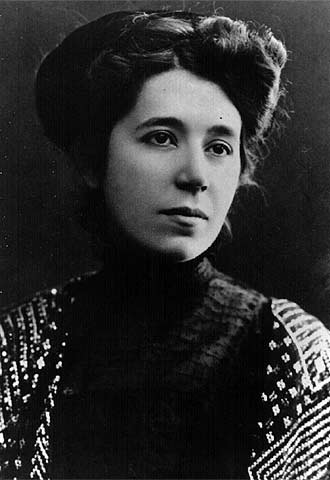Discover Granada’s living Arab legacy: fountains, viewpoints, and cármenes that preserve the essence of Al-Ándalus.
Contenidos
If one city gives special meaning to the Muslim legacy, it is Arab Granada. In every corner you can feel the essence of the people who lived here for centuries, shaping a place rich in culture, architecture, and history. The Arab influence flows through Granada from first to last breath, recalling Boabdil’s sigh—the lament of leaving an incomparable treasure.
The Historical Arab Footprint in Granada
Granada’s history is intense; its walls reveal the contrasts of many cultures.
After the Iberians, Romans, and Visigoths, Berber troops invaded the peninsula in 711. Two years later the city was called Ilbira (Elvira). This marked the first Arab footprint in Granada.
During the Caliphate of Córdoba (from 929), the city lost prominence until the Taifa kingdoms arose. Then it was ruled for 90 years by the Zirids, a Berber family from North Africa. They built parts of the old wall and the Alcazaba Cadima in the Albaicín—one tower still remains.
In 1090, the Almoravids took control and built the Torres Bermejas and the Puerta de las Pesas. Later, in 1154, the Almohads came to power and raised the wall that now surrounds the Realejo neighborhood, once a Muslim quarter.
Construction of the Alhambra began in 1237. A year later the troops of Muhammad Ibn al-Ahmar founded the Nasrid Kingdom. This golden age lasted until 1492, when the Catholic Monarchs conquered Granada.
From that period comes Arab Granada’s most important monument—and one of the world’s most visited: the Alhambra.
The Cultural Arab Legacy in Granada
The Arab legacy appears in the Alhambra, the Madraza Palace, the Corral del Carbón, the Carrera del Darro, the Puerta de Elvira, and the Arab baths.
Fountains, viewpoints, and cármenes (houses with gardens) still keep the spirit of Muslim Granada. Moreover, the city’s street plan, crafts, and leisure habits preserve the Andalusian legacy.
To explore it, start with the Alhambra and the Nasrid Palaces; the visit engages every sense. Another must-see is the Albaicín, the first Zirid urban center and a living example of the city’s Muslim past.
The list of historic sites is long: the Alcazaba, cisterns, the Bañuelo, the Arco de las Pesas, the Puerta Monaita, the Dar al-Horra Palace, and the Alcaicería.
Leisure Experiences with Arab Heritage
Many of Granada’s leisure options draw on this heritage.
For crafts, markets, and narrow streets, visit the Alcaicería—one of the city’s most charming areas. Nearby, on Calle Elvira, pause at one of its teahouses, filled with flavors and aromas that evoke the city’s golden age.
An Immersive Journey through Hammam
For a complete experience, choose the Arab baths at Hammam Al Ándalus. First, enjoy a steam bath and pools at different temperatures; then, a relaxing massage and a purifying skin treatment. Together they create a memorable journey through Arab Granada.
Each Hammam ritual connects you with the city’s Muslim roots through water, light, aromas, sounds, and silence—timeless ways to find calm and well-being.
Where to Enjoy Arab Cuisine in Granada
Teahouses are central to Arab tradition and often serve sweets of Muslim origin with tea. Beyond that, Arab cuisine has left a lasting mark on Granada. Many restaurants offer kebab, falafel, hummus, tabbouleh, shawarma, and baklava. Some of the best places for Arab food include:
- Restaurante Arrayanes: in the Albaicín, Arab-Andalusian fusion in authentic surroundings.
- Restaurante Al-Faguara: also in the Albaicín, Arab and Lebanese dishes in a cozy setting.
- Restaurante Damasqueros: in El Realejo, Syrian and Lebanese dishes with traditional décor, carpets included.
Arab Granada is a place to enjoy with all five senses.



